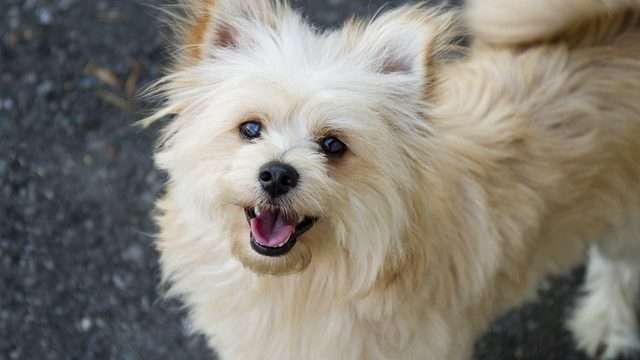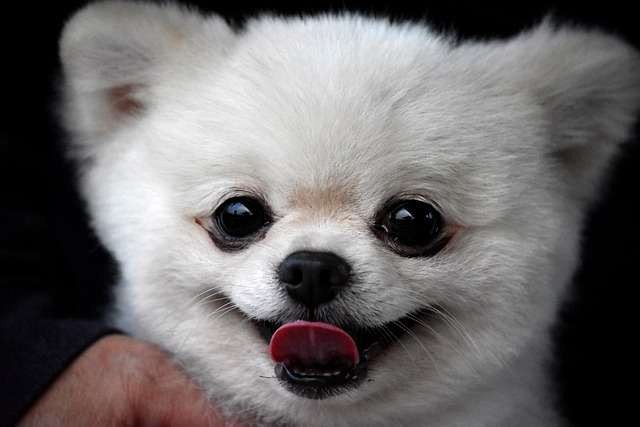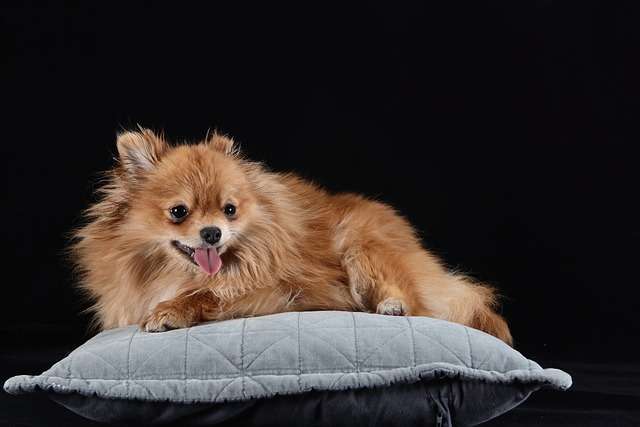Pomeranian dog breed Information, Traits & origin
The Pomeranian dog breed is a small breed of dog. It originated in Pomerania. Pomerania is now part of modern-day Poland and Germany. Pomeranians were used as herding dogs and watchdogs on Farms. Pomeranians are also known as Hadorli Pomeranians.
In the late 18th century and at the beginning of the 19th Century, the Pomeranian was selectively bred to be smaller and more toy-like. due to its smaller and more active characteristics, it is called a toy dog Pomeranian. It is a compact, short-backed, active toy-like pet dog.
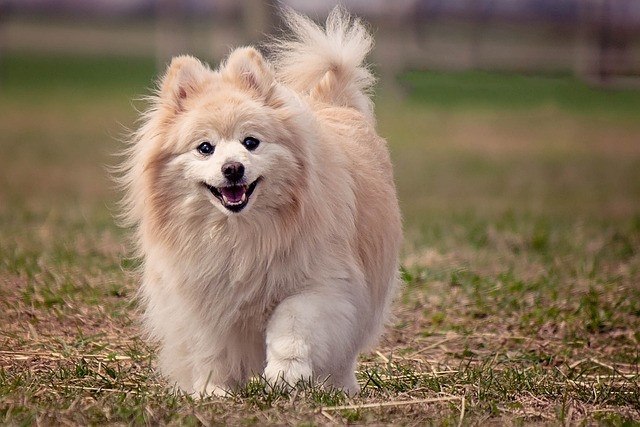
Pomeranian dog breed Basic Information
| Full Name | Pomeranian |
| Origin | Germany |
| Features | Companion dog, Toy-dog, Upright ears (naturally) |
| Life span | 14-15 years |
| Hair Length | long hair |
| Weight Range | Male: 3-7 lbs. Female: 3-7 lbs |
| Height | Male: 11 in. Female: 10 in. |
| Tendency to Bark | very high |
| Tendency to Dig | very low |
| Energy level | very Energetic |
Pomeranian Dog History & Origin
It is a kind of German Spitz, originally from Germany. The Pomeranian dog breed came from the Pomerania area at the border of Poland and Germany. At that time, these dogs were used to guard sheep. In 1750, the Pomeranian spread to European countries, including Italy. When Queen Victoria visited Italy, the people of Florence presented the Queen with a Pomeranian, which was also deeply loved by the Queen. The early Pomeranians were large in size, and most of them were white. Since the 19th century, they have been selected and bred to become today’s small dogs with fluffy, soft coats and bright colors.
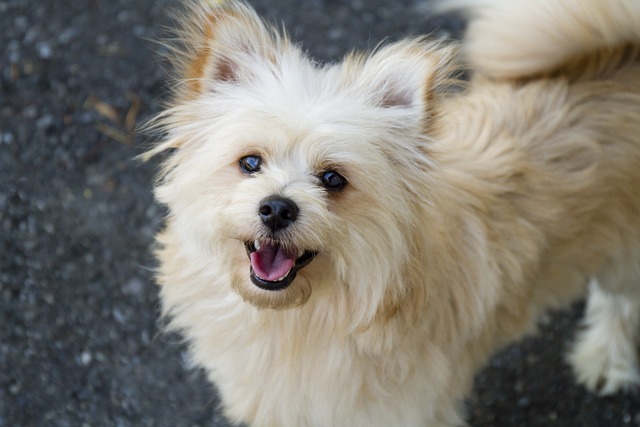
The dog belongs to the sharp-billed dog breed, and its ancestor is the Arctic sled dog. According to the original record of this dog. Later, the Pomeranian began to participate in dog shows, and the popularity and support rate was very high. The Pomeranian first appeared in the United States in the late 1800s and was recognized by the American Kennel Club (AKC) in 1900. By the mid-20th century, the Pomeranian had become one of the most popular dog breeds in the United States, so much so that it was later ranked 14th out of 155 breeds registered with the AKC.
The Pomeranian is a breed bred by continuous selection and miniaturization of the shepherd breeds at the border between Germany and Poland and was improved by the British to form today’s breed.
Pomeranian Dog Personality Traits
The Pomeranian is intelligent, gentle, cheerful, curious, individual, highly vigilant, lively, and energetic, and the most noticeable thing is its loyal Personality. Pomeranian is a friendly dog like Siberian Husky or Golden Retriever. Although they are small breeds, they will also show a brave and fierce side when encountering emergencies. Sometimes the Pomeranian will act like a baby to the owner. Pomeranian is good at agility and obedience training.
Pomeranians will show various surprising talents when they grow up. For example, some Pomeranians will show the shepherd’s ability to chase chickens and ducks. This is because its ancestors are working dogs, if you give Pomeranians A small car, it can also pull the car around, Pomeranians can also serve as hearing dogs, assisting people who are hard of hearing or deaf, they can also serve as tracking dogs, searching for people in need of assistance in the snow.
Pomeranian Dog Breed Characteristics
Pomeranian Dog breed Characteristics are given below:
- Choose those with round heads and short, compact bodies;
- The back hair should be soft, erect, and fluffy;
- The two eyes and the nose form an equilateral triangle;
- The front shoulder blades should be high, the chest should be developed, and the front and rear legs should be straight and free of dislocation;
- The end of the tail can be curled or not, but the origin of the tail should be high, close to the back, and straight on the back;
- The body is strong and has a sense of weight when held.
- The Pomeranian has a double coat, the undercoat is soft and dense, and the coat is long, straight, shiny, and harsh.
- Their fur comes in a variety of vibrant colors, with orange, tan, cream, and black being the predominant.
- Pomeranian is healthy and cheerful, has a personality, is full of vitality, and is especially loyal and friendly.
- Although it is a small dog breed, it will also show a brave and fierce side when encountering emergencies.
Pomeranian Training
The Pomeranian training is not an easy task. The pomeranian dog breed is very active and naughty. The Pomeranian is naturally endowed with a highly developed intellect, which greatly facilitates the learning process (compared to other decorative dog breeds) Forget about traditional training methods: in this case, they do not work. Your pet will have to find a special approach.

The most effective approach to training this breed is gentle handling and tasty rewards. The Pomeranian does not like criticism and responds to cruelty or disrespect with waywardness, rudeness, or even aggression. A naughty dog will bring a lot of trouble to the owner, so first, you need to teach your pet to perform the simplest actions: sit, lie down, approach the leg, and go to the place. The command to stop barking is no less useful: not everyone will like the high and sonorous intonations of the “voice”.
The only thing that can cause problems is toilet training.
Due to the peculiarities of the structure, it is difficult for the Pomeranian training to retain the contents of the bladder for a long time, so the dog can relieve himself right in the apartment.
Pomeranian Puppy
Puppies look more beautiful than adult dogs. Pomeranians are famous as toy dogs. Pomeranian Puppy also has a charming and attractive personality. At some point, you need to know when to choose a Pomeranian puppy.
How to choose a puppy
Check out the nursery: A responsible Pomeranian dog breeder must register with one of the canine systems adopted in the breeding country. To check the registration, go to the official website of the system and enter the name of the cattery in the search box. If the search fails, the breeder is operating without a breeding license, and it is risky to purchase a Pomeranian puppy from him. The dog may not be purebred, have serious breed defects, or have health problems that show up later in life.
Compare prices: A Pomeranian cannot cost less than the average market value. If the breeder reduces the price, referring to the lack of documents, it is better to refuse the purchase. Registration of a pedigree and a veterinary passport is inexpensive and does not affect the cost of the dog.
Request documents: The package of documents should include a puppy metric (birth certificate) or a pedigree, a veterinary passport with a mark on vaccination and deworming, and an agreement on transferring rights to a puppy to a new owner. It is better to buy a Pomeranian dog puppy not earlier than 3 months. This is the optimal age for weaning and showing (or degenerating) the traits of the breed. If you buy a puppy of Pomeranian earlier, it will be more difficult to assess the proportions of the body and the quality of the coat.
Decide on the floor: Spitz girls are more capricious and prone to abundant seasonal molting. Boys are more friendly to a wide range of people and shed less.
Assess the conditions for keeping animals. Visit the kennel and watch the dogs in their natural habitat. Pay special attention to the cleanliness of the room and the behavior of puppies with mates, adult animals, and people. Pomeranian puppies should be playful, bold, and curious.
Health Problems of Pomeranian
The thick coat of wool explains the predisposition of Pomeranians to the formation of tangles. Some dogs suffer from alopecia – baldness of certain parts of the body. Especially frightening is the so-called black skin disease, which is fraught with complete hair loss and pigmentation of the skin. However, the disease itself does not harm the health of the Spitz, being limited only by the unattractive appearance of the animal.
Merle Pomeranians are most susceptible to diseases. They are born deaf, with increased intraocular pressure and coloboma – a defect in the membrane of the eyes. There are disturbances in the functioning of the cardiovascular, musculoskeletal, and nervous systems.
These are Characteristic diseases of Pomeranian dogs:
- hydrocephalus.
- atrophy of the retina and lacrimal duct;
- hypoglycemia;
- colitis and gastritis;
- cough caused by spasm of the larynx;
- tearing;
- subluxation of the knee joint;
- Dysbacteriosis of the gastrointestinal tract
- ligament weakness;
Pomeranian Love Barking
Most Pomeranian dogs love to bark. Although it is small in size, its bark is sharp and loud, which cannot be compared with many large dogs. But also because of this feature, the Pomeranian is a very good guard dog. As long as there is any trouble, it will make an alarming sound to remind the owner, but it can only be used as a guard dog, without threatening attack power. After all, its size is too small.
Can a Pomeranian be a service dog?
Yes, a Pomeranian can be a service dog. Any breed of dog can be trained to be a service dog. The Pomeranian dog breed is active, intelligent, and docile. They can learn easily. It’s also worth noting that Service dogs are generally trained to help people with specific disabilities, such as those who are blind, deaf, or have mobility issues.
Can a Pomeranian be a guard dog?
A Pomeranian can be trained to be a guard dog, but it may not be the most effective breed for the job. They bark a lot but, Pomeranians are small dogs and are typically bred as companion animals, not as guard dogs. The pomeranian dog breed is known for its friendly behavior. While it is certainly possible to train a Pomeranian to bark or alert in response to certain triggers.
Do Pomeranian bite hard?
Pomeranians are small dogs, so their bite is not likely to be as strong as that of a larger breed. However, any dog, regardless of its size, can bite and cause injury if it feels threatened or scared.
